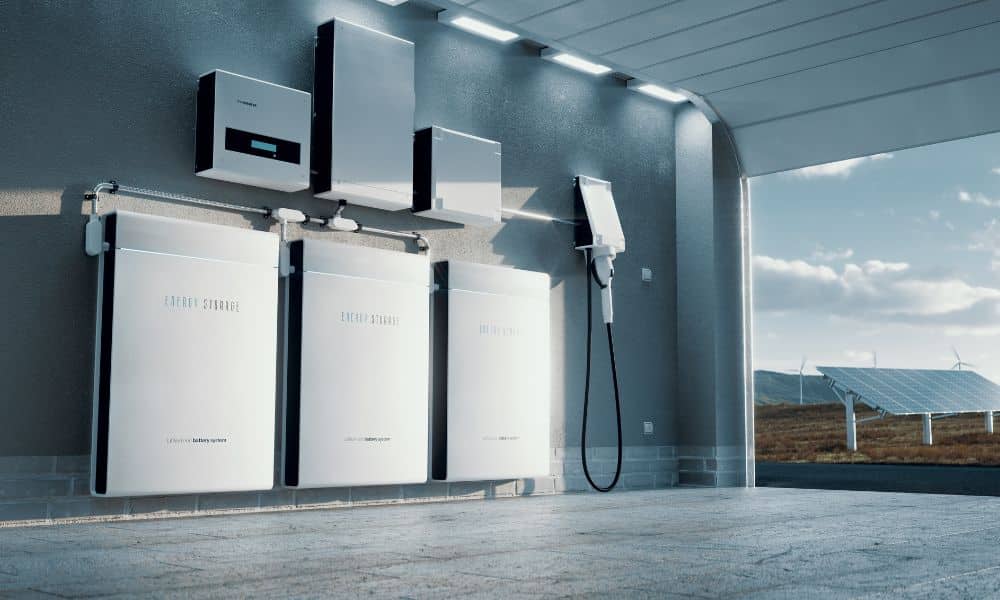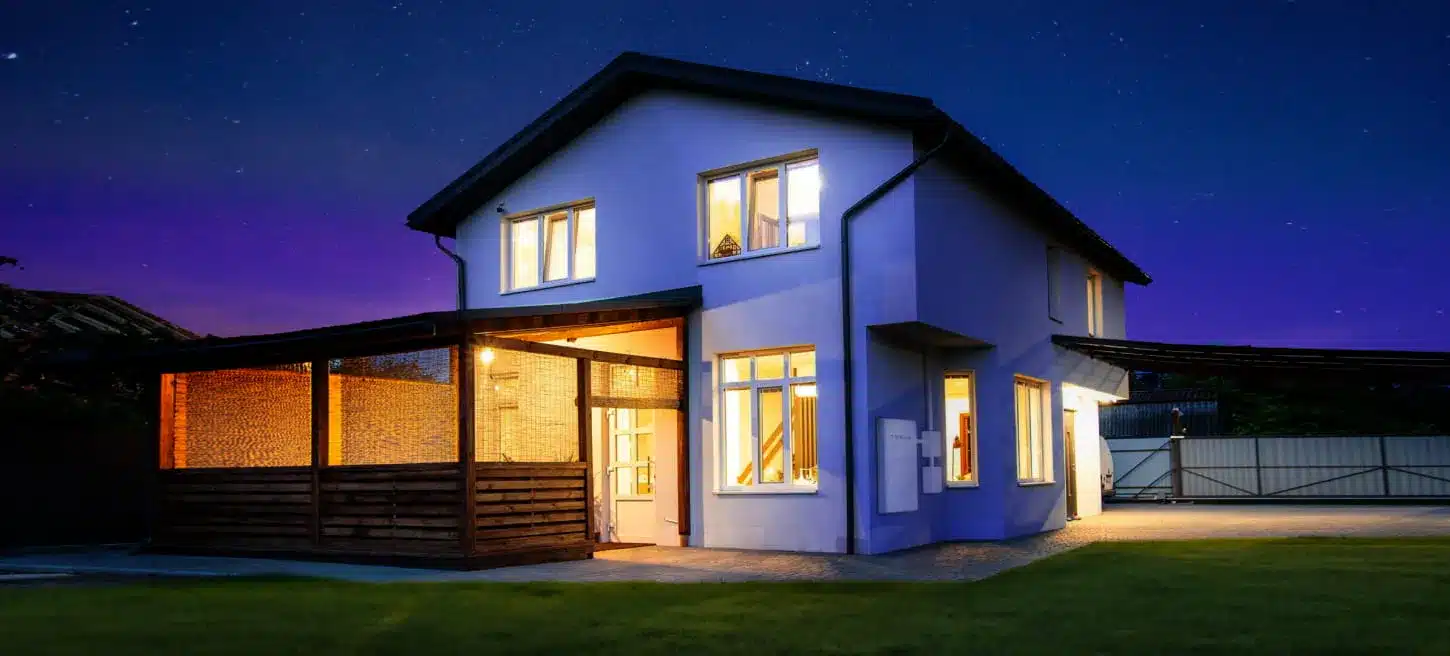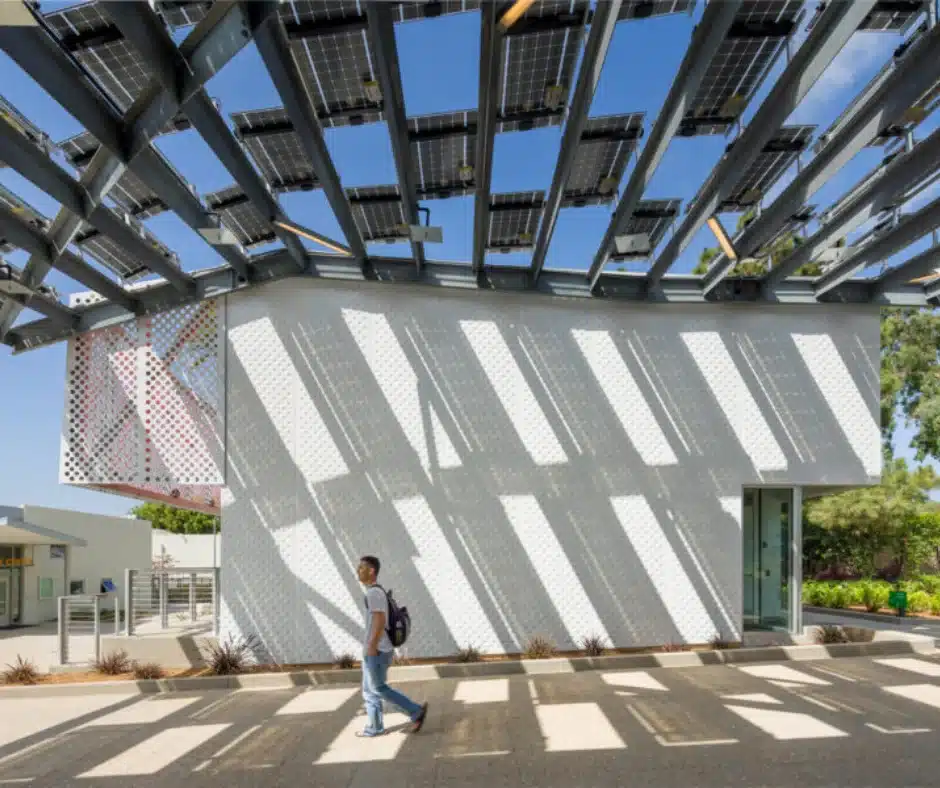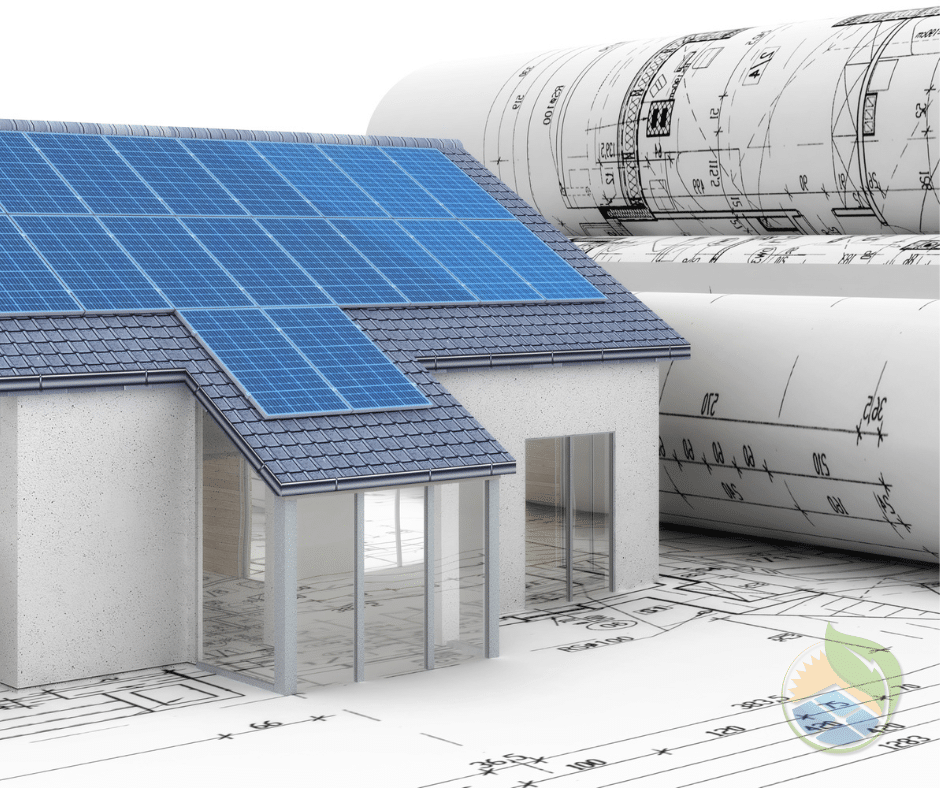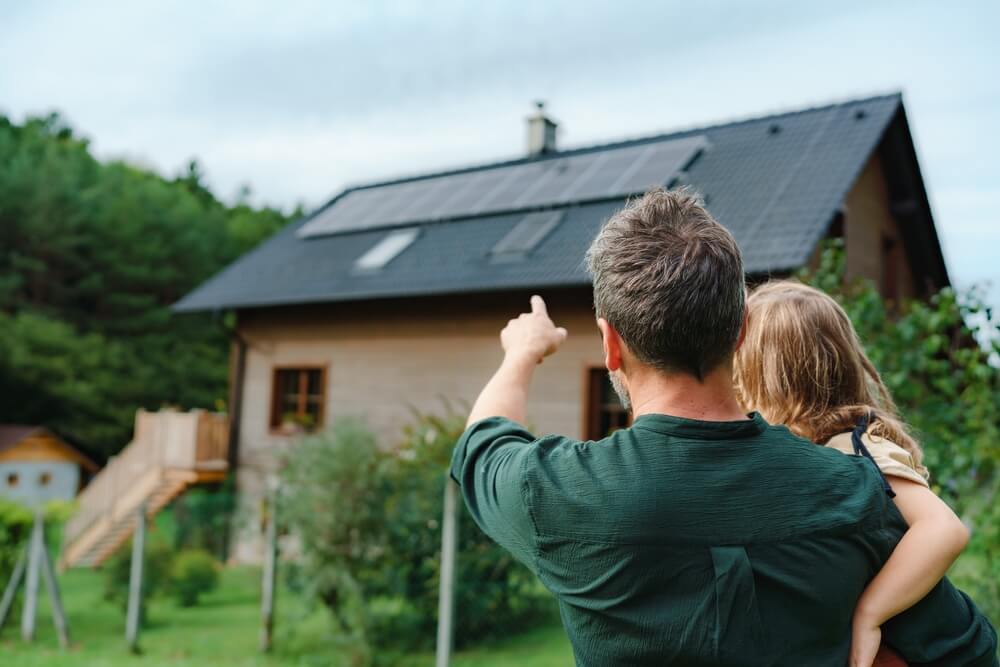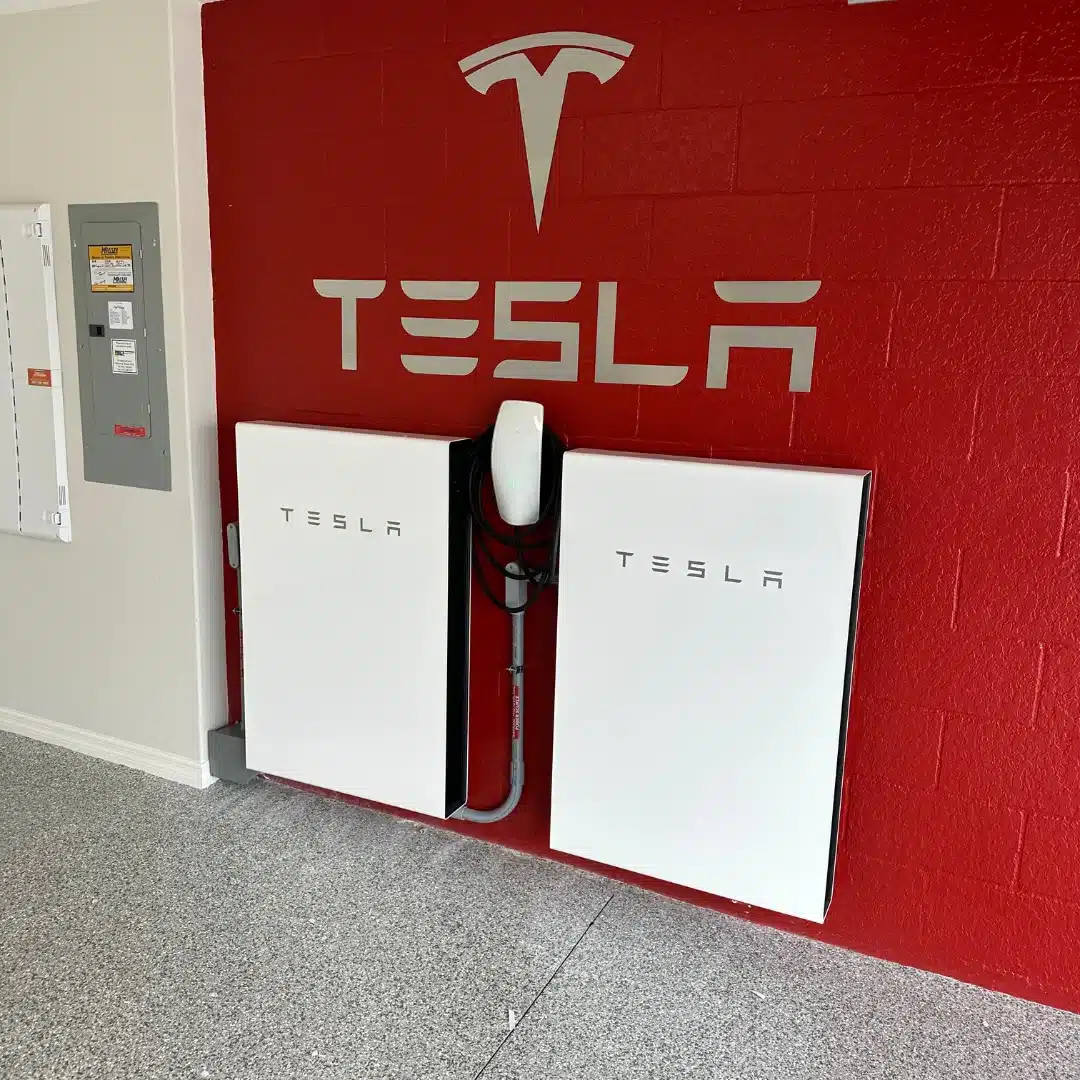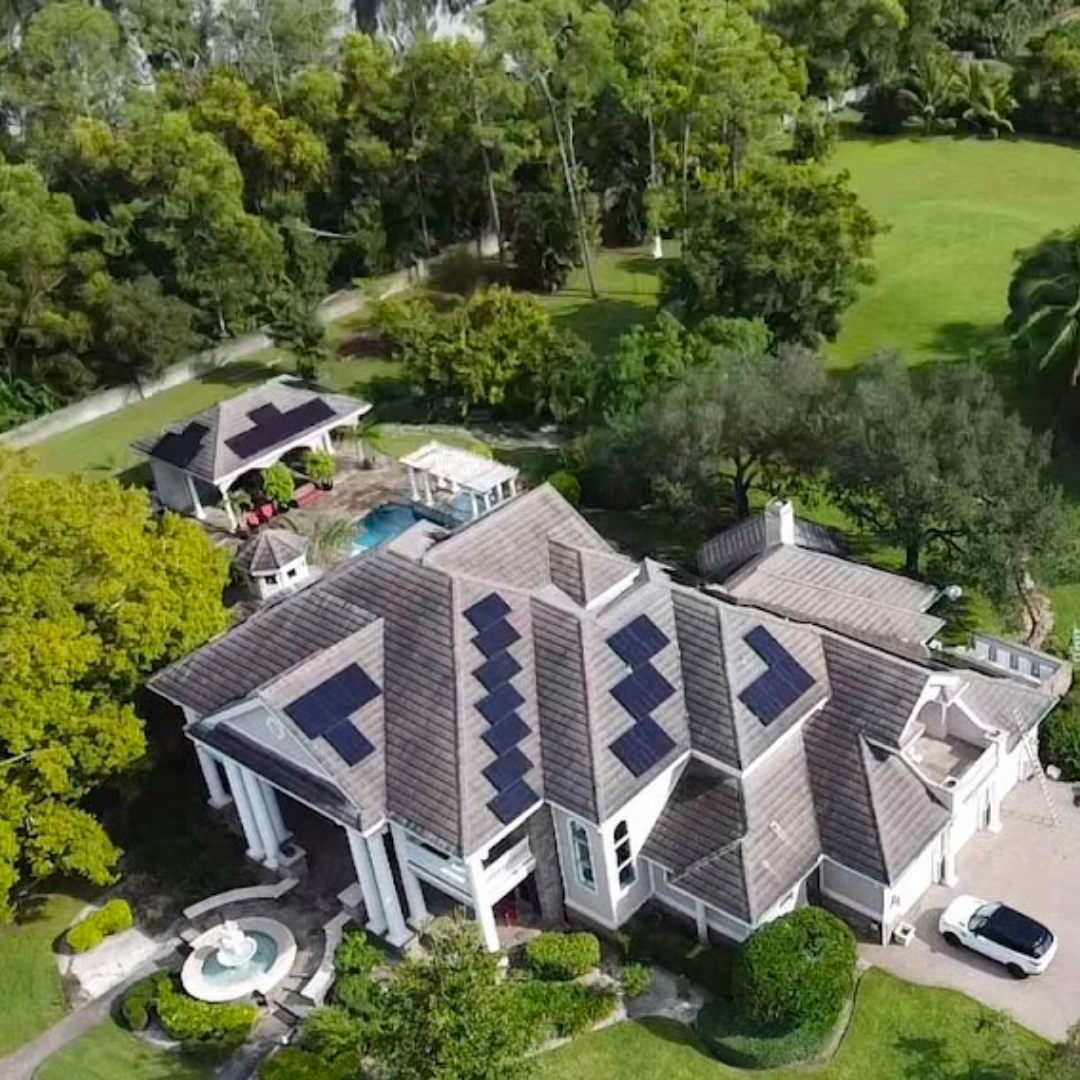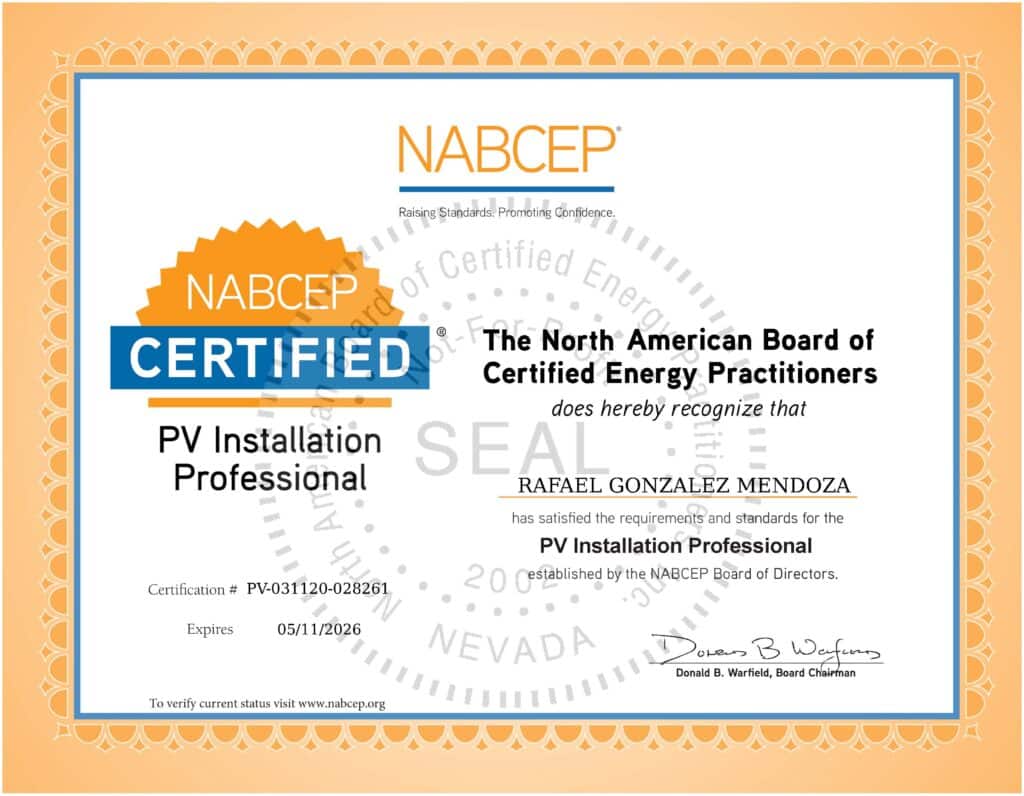Homeowners do all they can to stay environmentally friendly, but the most popular method would have to be installing the Tesla Powerwall. The system has different modes that help homeowners save money on their energy usage. Here’s a quick overview of Powerwall operating modes you can use after installing yours.
Self-Powered
Self-powered mode acts as a storage unit for unused power. Whenever your panels absorb more energy than usual, the Powerwall stores the power into its own bank to charge the base unit and supply extra power to your home at night.
If there is any power left, the Powerwall sends the rest to the grid. Through a similar process to how the Powerwall gives power to your home at night, you would take power from your grid to give your home power at night and during the day.
Time-Based Control
The wonderful thing about the Tesla Powerwall is its time-based control mode. This type can learn the cost of energy throughout the day. The technology also studies and predicts energy costs in peak and off-peak hours.
These predicted costs are part of the utility rate structure plans you sign onto when switching to this mode. The charges do vary depending on the time of day as well as the season. Since the time of day and season varies, your utility plan’s time-of-use breaks into three periods:
- The highest peak point is when prices are higher, and this is usually during the times when more people are at home using electricity.
- The off-peak is typically any time in the late evening into the early morning. These hours cost the least amount in terms of energy.
- A partial peak is any other time of the day or season.
Backup Reserve
Similar to the backup power bank you’d have on a solar panel system, your backup reserve mode saves a percentage of power for emergency power outages. Once the grids go down in your area, the Powerwall imports energy from the reserve and can go below the held percentage if needed.
As a side note, don’t ever set your reserve percentage to 100% because it will cost more out-of-pocket during peak hours, and you will end up relying on the grid more often than usual. Keep this in mind when setting up your backup reserve mode.
When you’re first getting to know your Powerwall system, you might have problems understanding how everything works. Use this Powerwall operating modes overview as a cheat sheet to better understand your system.
If you’re looking for a Tesla Powerwall install, reach out to Go Solar Power. We’re a professional solar panel system company looking to power every home with cleaner energy. For any questions or concerns about your future Tesla Powerwall, contact us today! We’re excited to make your home a greener place!

